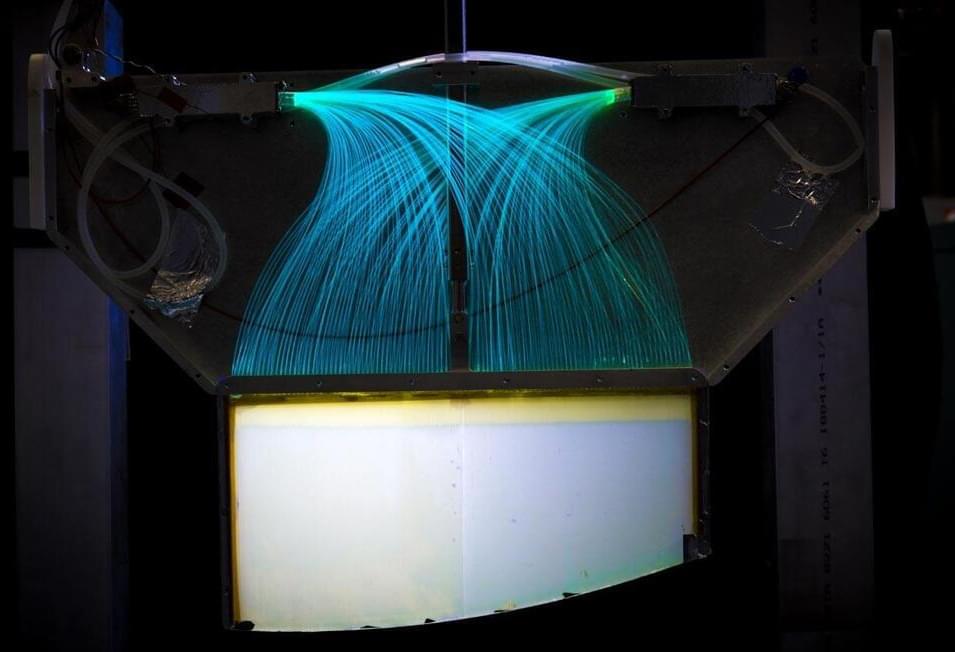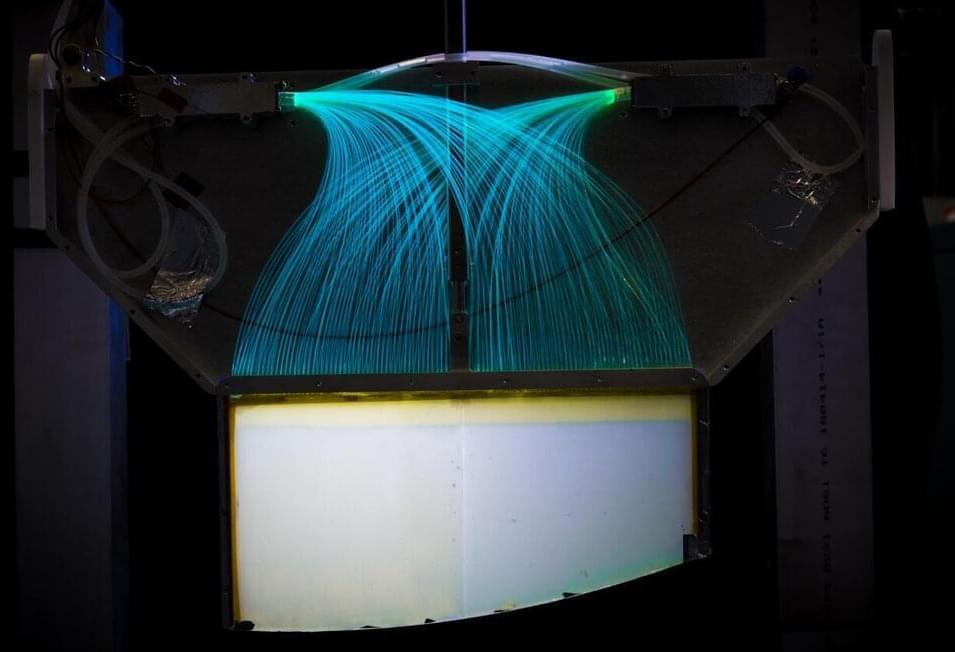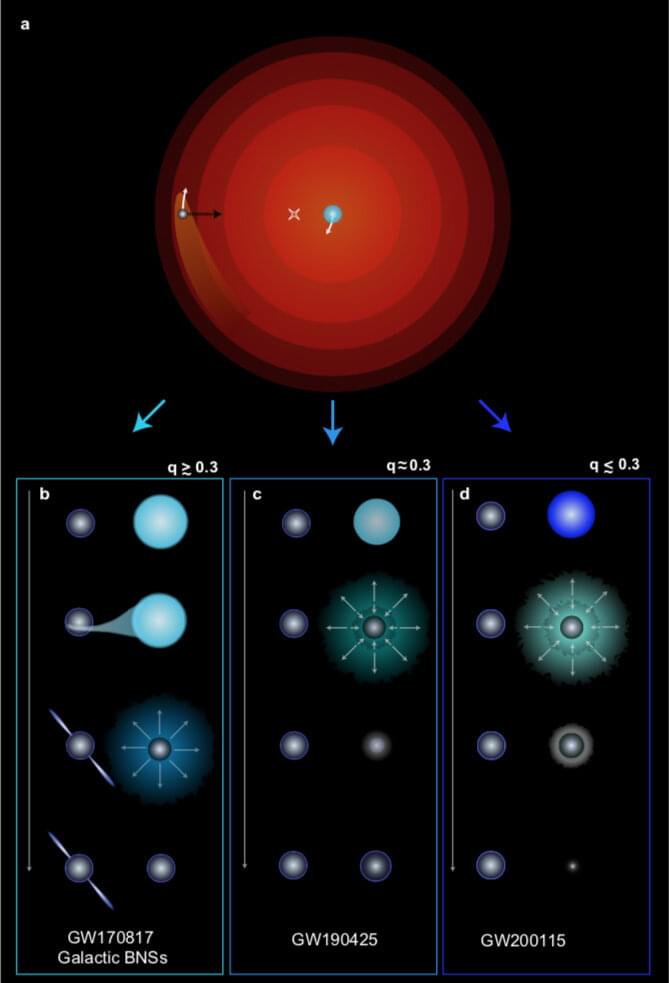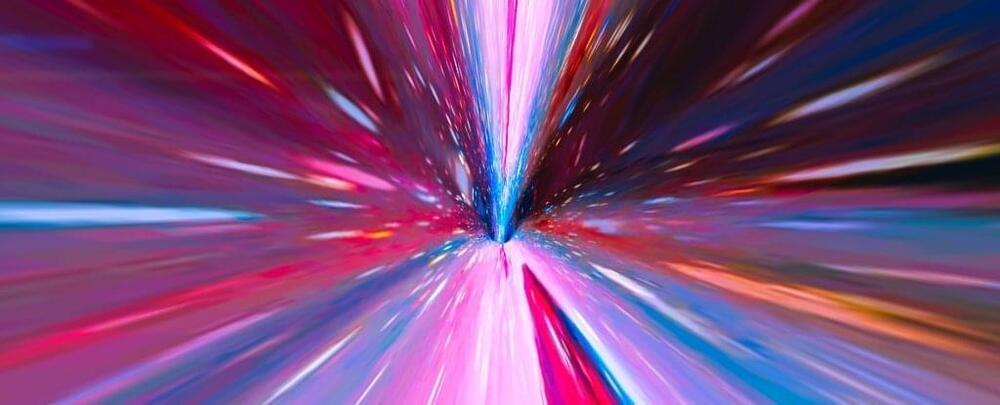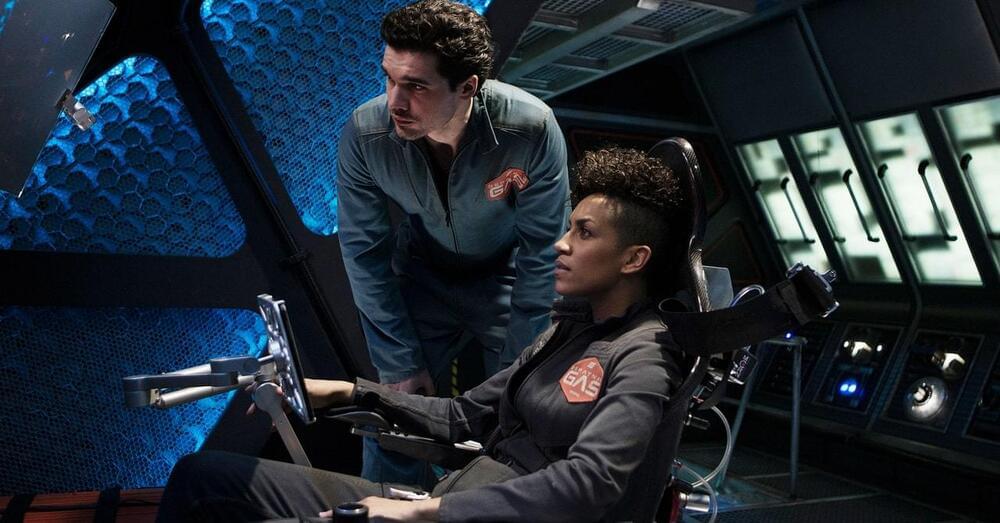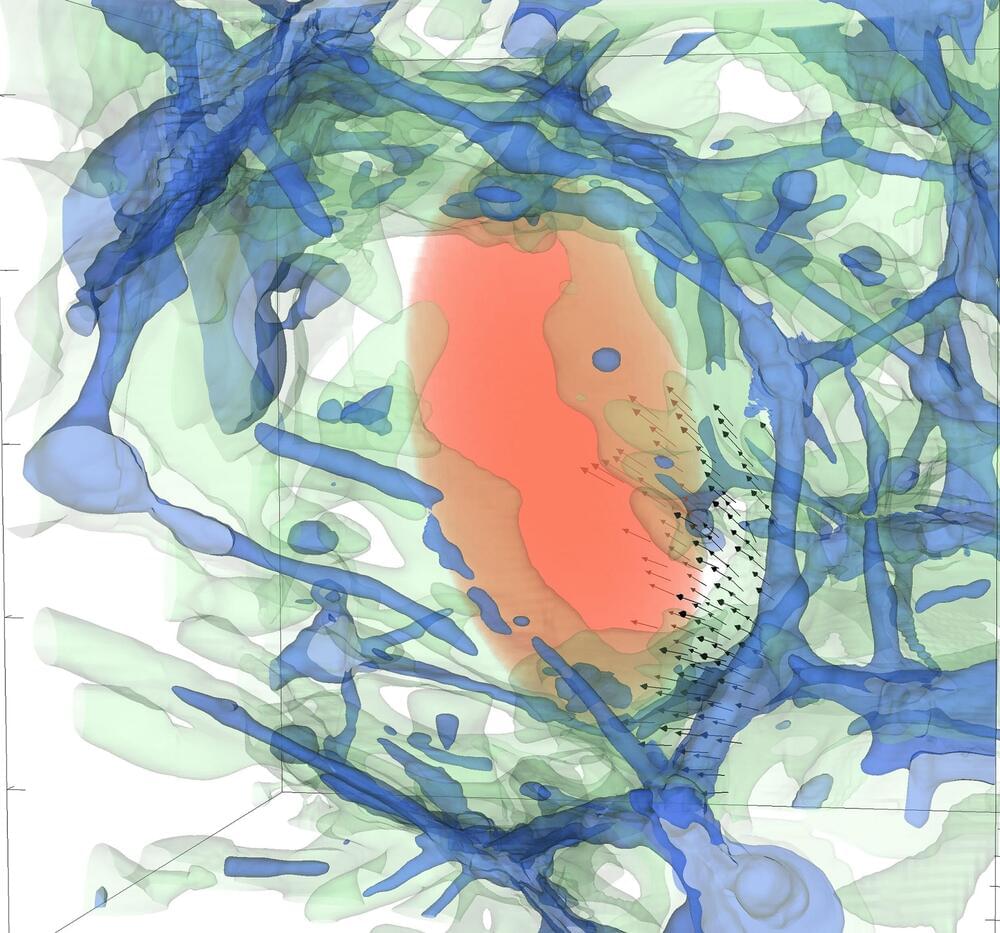Oct 13, 2021
Physicists Have Made the World’s Most Precise Measurement of Neutron Lifetime
Posted by Genevieve Klien in category: physics
An international team of researchers has made the world’s most precise measurement of the neutron’s lifetime, which may help answer questions about the early universe.
An international team of physicists led by researchers at Indiana University Bloomington has announced the world’s most precise measurement of the neutron’s lifetime.
The results from the team, which encompasses scientists from over 10 national labs and universities in the United States and abroad, represent a more than two-fold improvement over previous measurements — with an uncertainty of less than one-tenth of a percent.
